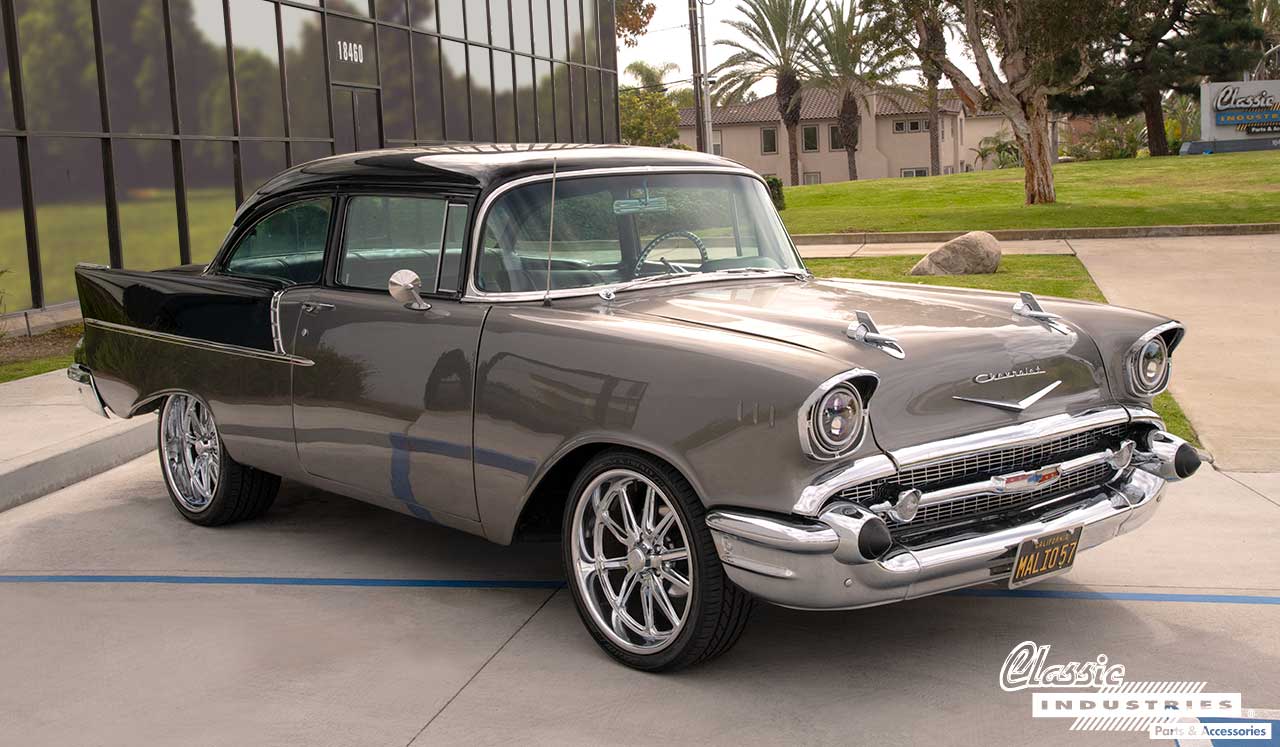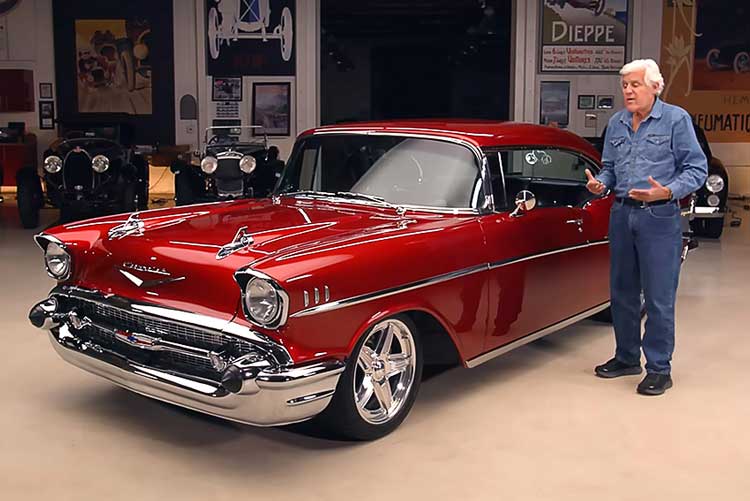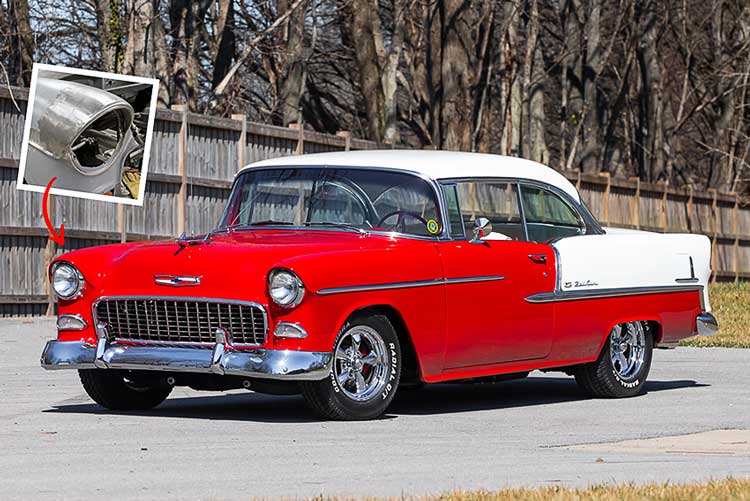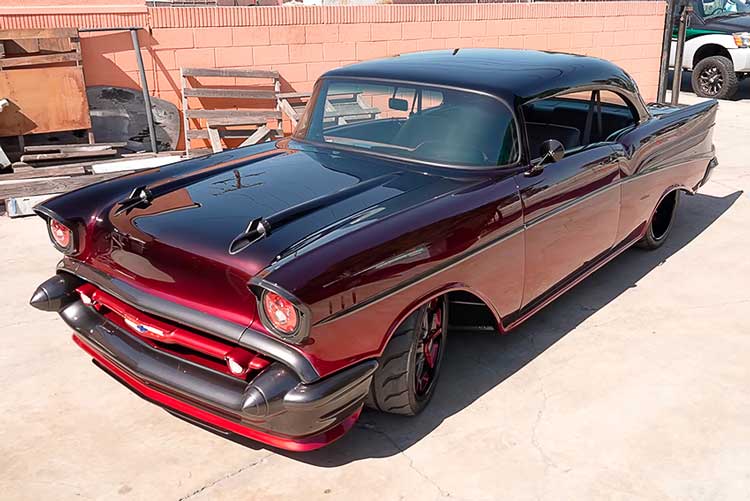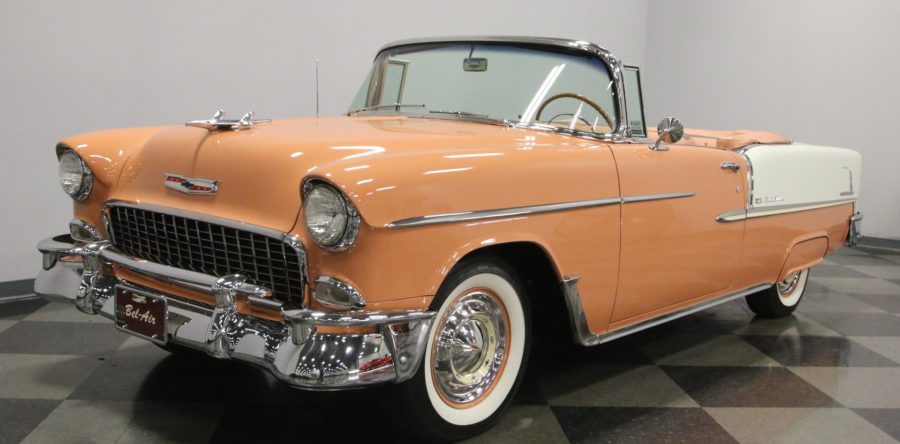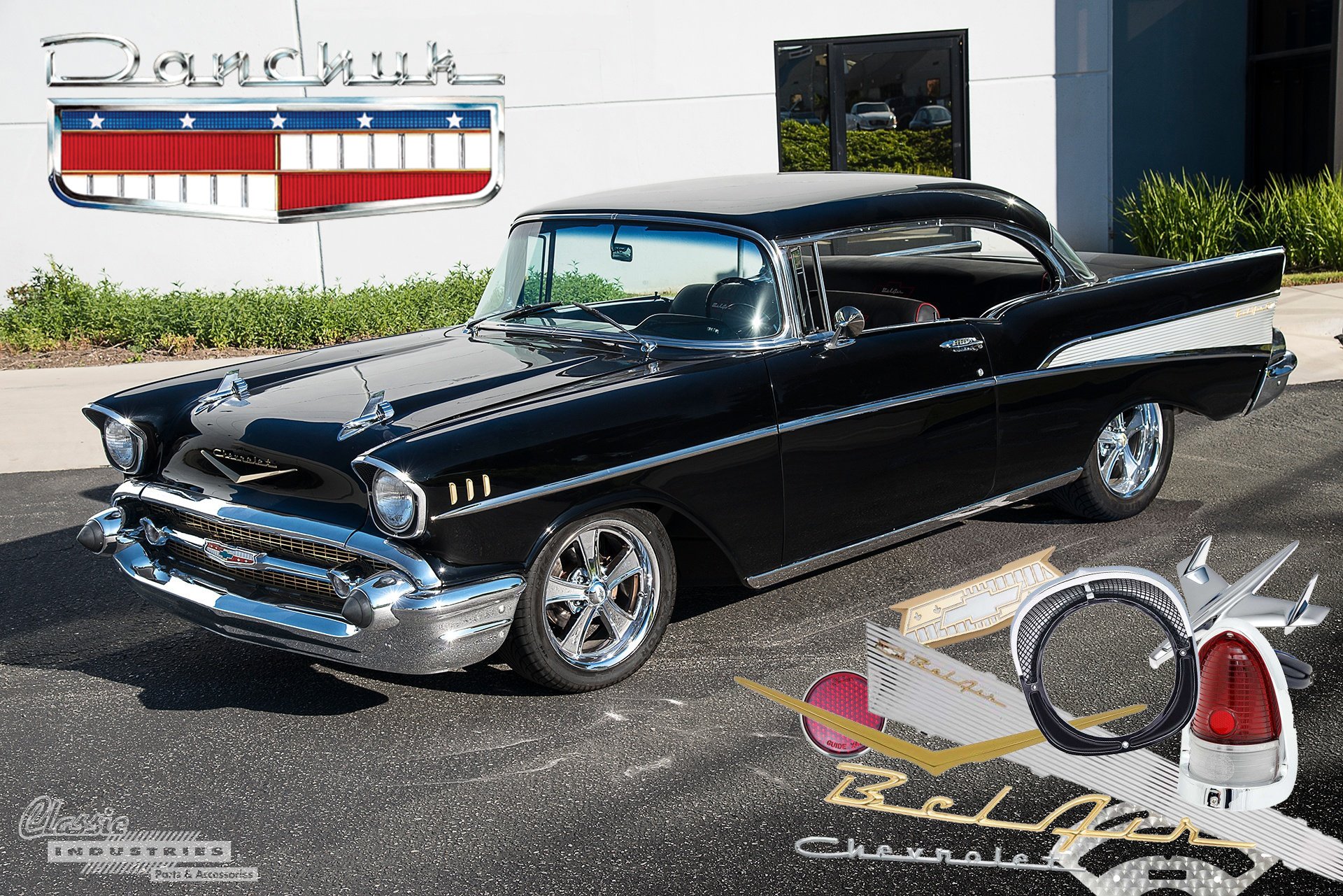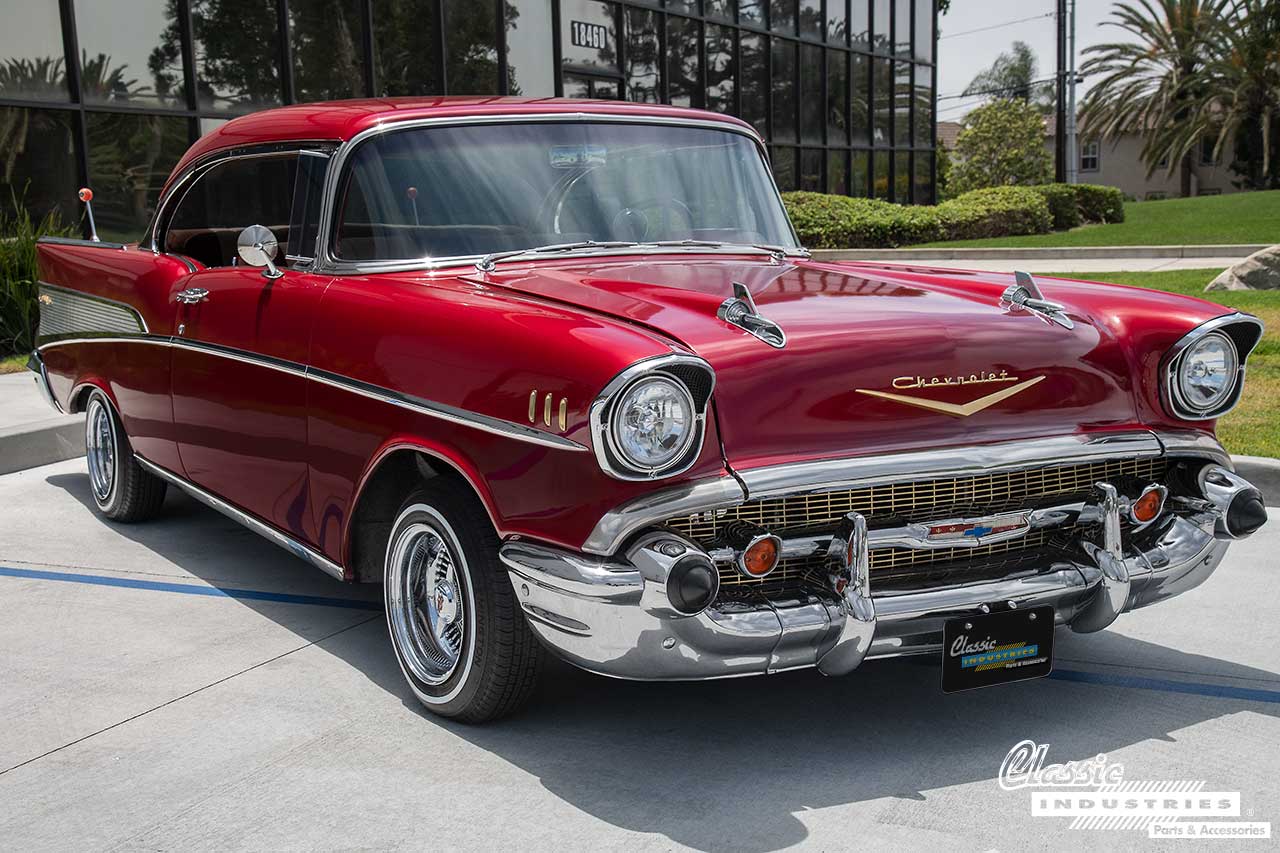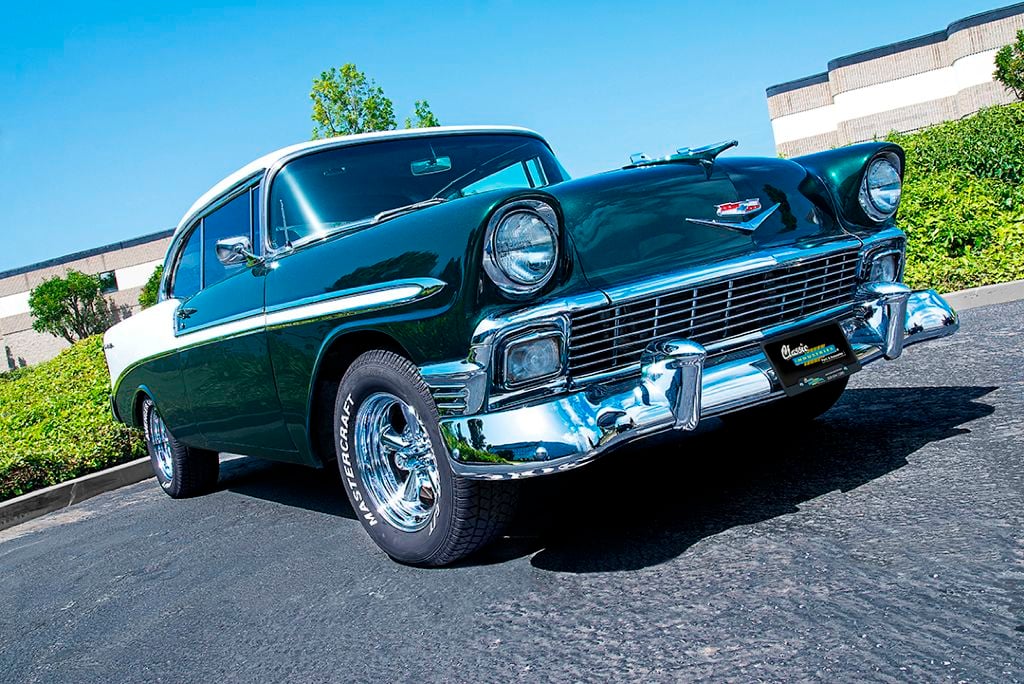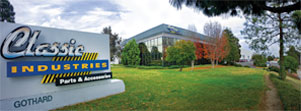Old car projects can take longer than you think. They may well cost more money than you've budgeted. You could certainly have some big challenges along the way, in terms of mistakes made, parts not fitting properly, must-have components on backorder, and having to acquire some items that might not be reproduced. The missing parts could well be unobtainium. In the end, you may need to make some parts yourself. In essence, restoring an old car is not the sort of hobby that's well suited for those who aren't willing to overcome many obstacles along the way. The terms labor of love and labor of lunacy come to mind.
Have you ever owned a car that was a true "chick magnet?" That term is not politically correct, but it most accurately describes my first car, a '55 Chevrolet Bel Air convertible. Whenever I drove it, girls would follow me around and honk their horns at me. Some would pull alongside my cool ride and want to race. If you saw this machine at the time, you might be surprised that I got such a reaction from so many women. Let's just say this Tri-Five was far removed from concours condition.



